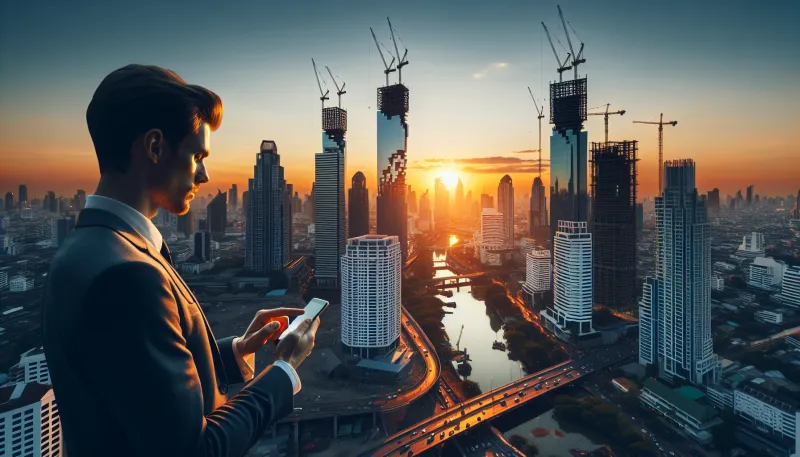
Singapore: A Global Leader in Sustainable Urban Development
With rapid urbanization challenging cities worldwide, Singapore emerges as a beacon of sustainable urban development. This city-state has successfully balanced economic growth with environmental stewardship, creating an urban environment that prioritizes green spaces, efficient infrastructure, and innovative policies. The following explores the multifaceted approach Singapore employs to serve as a model for sustainable urban living.
- Integrated land use planning
- Green building standards and certification
- Robust public transportation network
- Extensive urban greenery and biodiversity
- Water management and self-sufficiency
- Smart technology and data-driven urban solutions
- Community engagement and education
- Waste management and circular economy
- Energy efficiency and renewable energy adoption
Integrated land use planning
Singapore's compact size necessitates careful land use management. The Urban Redevelopment Authority (URA) employs a long-term, integrated land use plan that coordinates residential, commercial, industrial, and recreational spaces. This planning minimizes urban sprawl and maximizes accessibility, reducing commute times and promoting walkability. Mixed-use developments are common, blending housing, retail, and public areas to create vibrant, sustainable communities.
Green building standards and certification
The Building and Construction Authority (BCA) enforces the Green Mark certification, encouraging developers to design environmentally friendly buildings. This includes energy-efficient systems, sustainable materials, and water-saving technologies. Singapore's commitment has made it a global leader in green building practices, significantly reducing the carbon footprint of new developments.
Robust public transportation network
Singapore boasts an extensive and efficient public transport system that includes MRT trains, buses, and taxis. The government continuously expands and upgrades this network to reduce reliance on private cars. Congestion pricing schemes, such as the Electronic Road Pricing (ERP) system, further discourage unnecessary driving and help lower emissions.
Extensive urban greenery and biodiversity
Known as the Garden City, Singapore integrates nature into its urban fabric through parks, green corridors, and rooftop gardens. Initiatives like the Park Connector Network connect green spaces, facilitating biodiversity and providing residents with easy access to nature. This strategy improves air quality, enhances aesthetics, and supports mental well-being.
Water management and self-sufficiency
Singapore’s innovative water management system combines rainwater harvesting, desalination, and water recycling (NEWater). Advanced infrastructure and policies ensure water security despite limited natural resources. This approach reduces environmental impact and provides a model for water sustainability in urban settings.
Smart technology and data-driven urban solutions
Leveraging technology, Singapore employs sensors, data analytics, and IoT to optimize urban services. Smart traffic management, energy usage monitoring, and waste collection improvements all contribute to resource efficiency. These innovations help the city run sustainably and respond quickly to emerging urban challenges.
Community engagement and education
Public participation is crucial to Singapore’s sustainability success. The government fosters environmental awareness through educational programs, community gardens, and volunteer initiatives. Citizens are encouraged to adopt sustainable lifestyles, creating a shared responsibility that strengthens urban resilience.
Waste management and circular economy
Singapore promotes a circular economy by prioritizing waste reduction, recycling, and resource recovery. Facilities like the Semakau Landfill are designed with sustainability in mind, blending engineering with environmental protection. Public campaigns support waste sorting and reducing single-use plastics to minimize landfill dependency.
Energy efficiency and renewable energy adoption
Energy conservation is a top priority, with policies encouraging efficient appliances, building retrofits, and green design. Singapore is increasing investments in solar energy despite spatial constraints, pioneering innovative solutions such as floating solar farms. These efforts contribute to reducing greenhouse gas emissions and enhancing energy resilience.
Tommy is a property-passionate journalist who covers the forces shaping housing and the built environment. With a data-driven approach and a reporter’s curiosity, he writes on market cycles, urban development, PropTech, and policy—always connecting numbers to everyday lives. [Name]’s work blends clear analysis with on-the-ground reporting to help readers navigate trends, opportunities, and risks across residential and commercial real estate.



